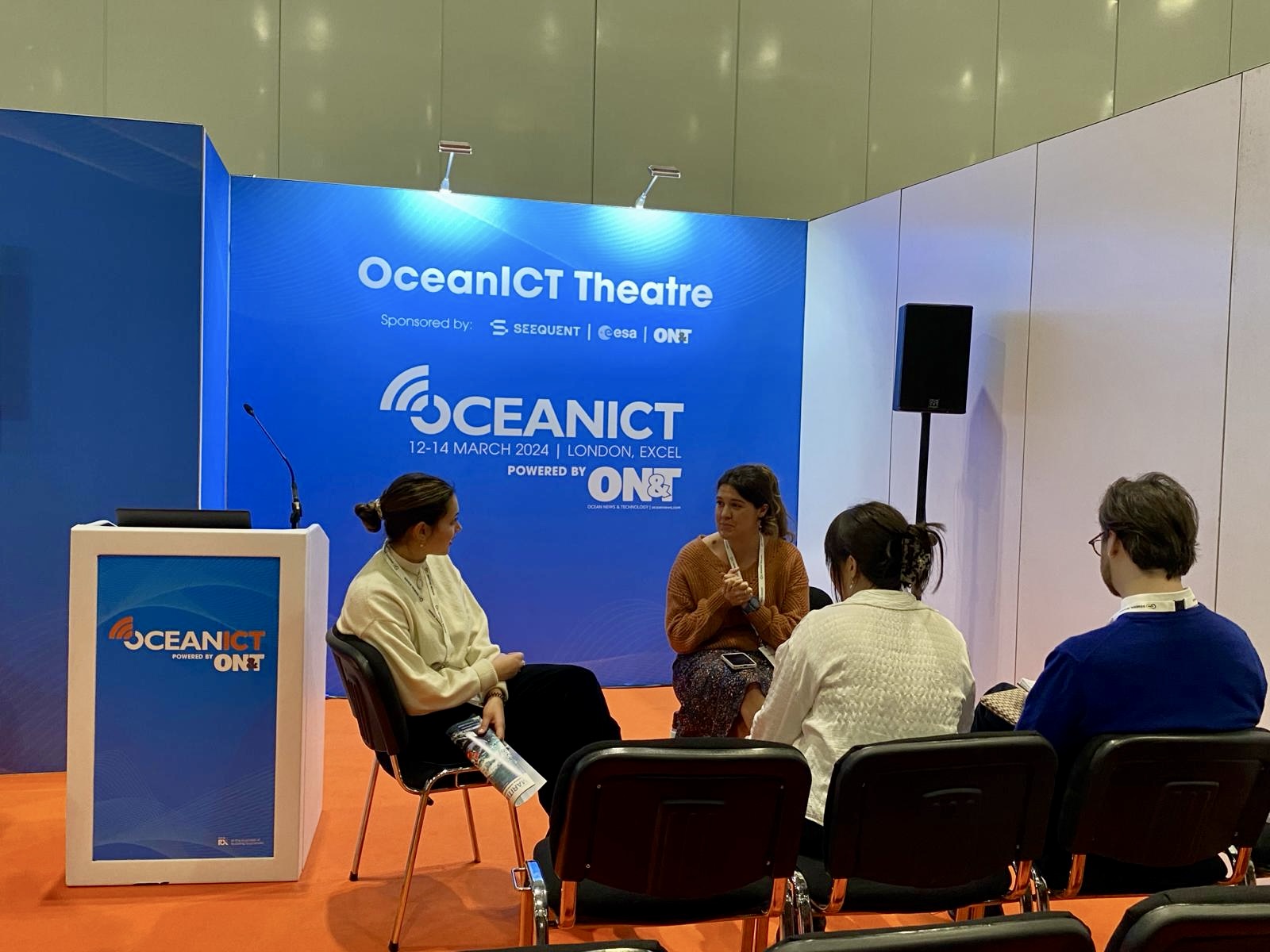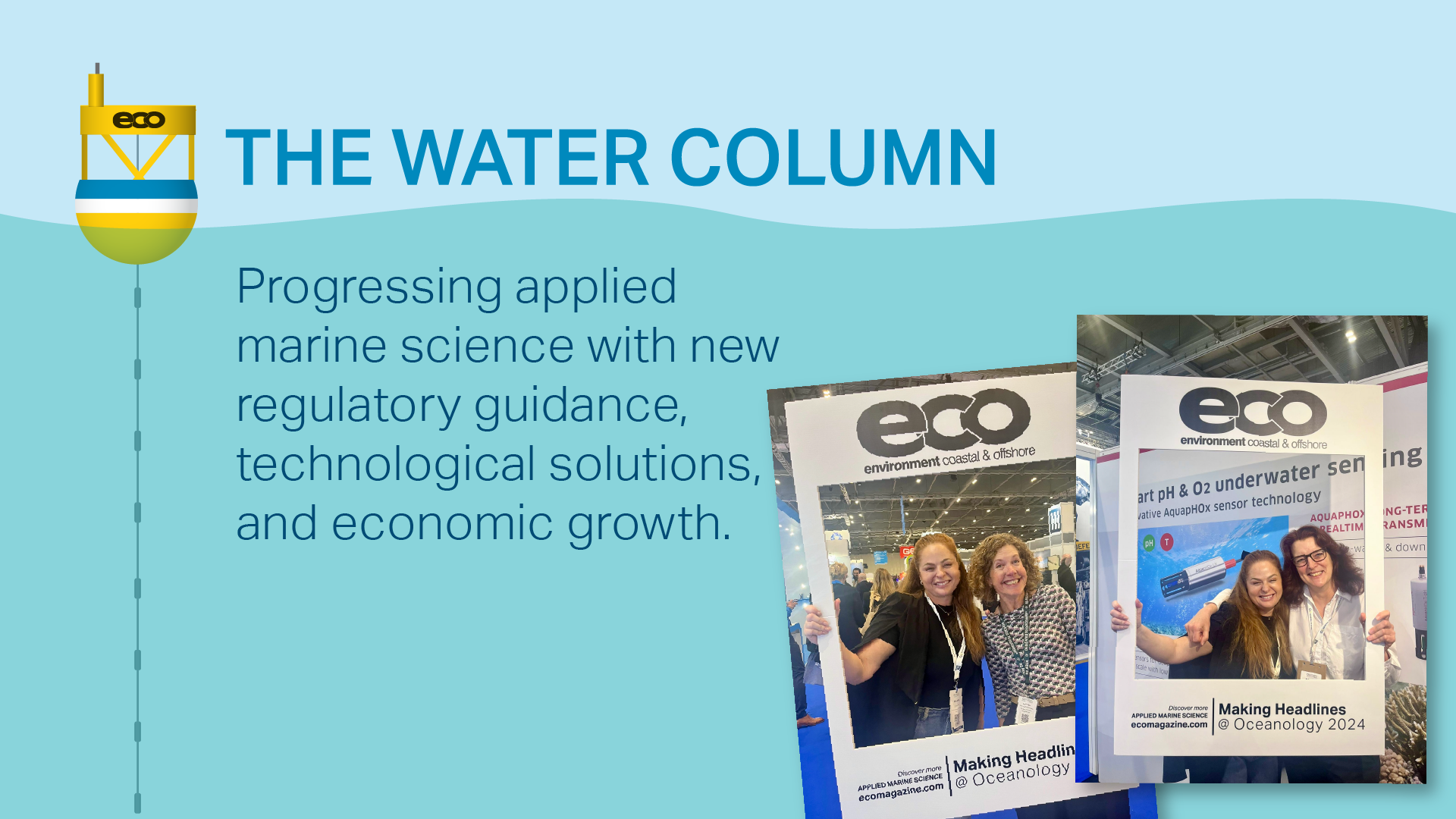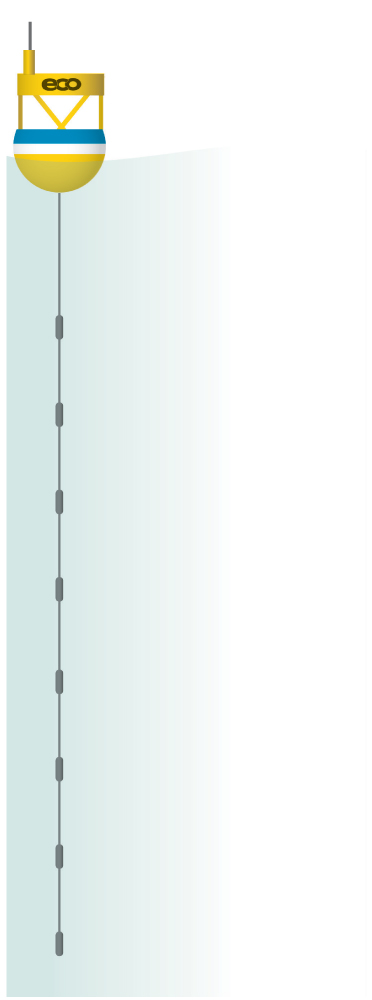It is truly inspiring to see what drops into ECO Magazine’s news inbox every morning. Headlines stretch from securing subsea data capture agreements to looking into the past to inform the futurethe past to inform the future of coral reefs to new legislation supporting ocean-based energy—all of which are contributing to the steady evolution of the ocean industry. Making sense of it all, how it connects, what is driving what, where the next trends come from, etc., can be challenging, but is a labor of love for our editorial team. Recently, one of the largest ocean industry trade shows for 2024—Oceanology International (Oi24)—presented a timely opportunity for members of the media to connect the proverbial news-feed dots and interact with marine technologists, researchers, and leaders from the broader ocean community. Here are some observations and take-homes:
Fisheries & Aquaculture
Like most of the Blue Economy sectors, the fisheries and aquaculture realm is evolving, too. Authorities are updating the US’s National Aquaculture Development Plan—last revised in 1983—to give a more accurate representation of the future of aquaculture products in the region as it relates to research, regulation, and economic development. As new land- and ocean-based aquaculture ventures grow, technological products and solutions for water quality monitoring, infrastructure inspection, and simulation follow. Needs for analyzing methods to determine optimal tow arrangements, select winches, and test new fishing gear turn to simulation providers like DSA Ocean to aid in decision making. When it comes to increasing efficiency and mitigating risk while inspecting nets and enclosures, Deep Trekker—who came out in force at Oi24—provides efficient, compact, and portable remotely operated vehicles (ROVs) suitable for small space maneuverability inside aquaculture operations.
Deep Trekker demonstrating the maneuverability and performance of their DTG3 ROV at Oceanology International 2024.
Outside of aquaculture, recent fisheries regulation decisions—like the South Atlantic Fishery Management Council (SAFMC) vote to permanently allow ropeless or on-demand fishing gear—are driving new verticals for ocean technology companies like Ashored Innovations, EdgeTech, Teledyne Benthos, and others. But the transition from traditional to innovative ropeless solutions isn’t exempt from challenge either. Replacing conventional commercial fishing gear comes at a significant cost, and while support from grants and federal funds offset some of the financial burden, industry operators will demand that ropeless options demonstrate equivalency in terms of reliability and ruggedness in unfavorable coastal and offshore conditions.
Lying in Wait
The outlook for the ocean-based energy and resource landscape is also changing. The oil and gas sector remains the mainstay, but offshore renewables continue to gain a foothold. Then there are less certain ventures, such as ocean mining, the full-scale potential of which still waits for ratified regulation and operational guidance. Every day it seems there’s a new decision made, a new contract won, or a new technology announced. Ocean service companies are investing in the latest vessels, equipment, and instruments to leave them prepared and poised for when the door opens for new opportunities.

ECO Editor Haley McQueen speaking with Rovco’s public relations team about the offshore wind space at Ocean, News & Technology (ON&T) Magazine’s inaugural “Meet the Media” event at Oceanology International 2024.
A Changing Guard?
The Blue Economy faces one other looming challenge—the availability, or lack thereof, a skilled and available workforce. Ocean industry workforce shortages are already a factor, or at least anxiously anticipated, in commercial fisheries, shipbuilding, quantitative ecology, economics, and more.
As new faces—of which there seemed to be many at Oi24—join and move through the ranks, ocean professional development and skills training still remain areas of question, as does the pathway for reskilling and refocusing the tenured workforce to adapt to breakthrough technologies and novel work environments, such as land-based remote operation centers.
Spaces we’re watching: skilled workforce, marine instruments, ocean enterprise, offshore energy
You’ll find news and insights on all the above in “The Water Column”—an exclusive editorial column dedicated to giving our readers an alternate, bird’s eye view of the most significant happenings across the marine science, industry, and policy space. To keep abreast of all the latest developments, access The Water Column in print editions of ECO Magazine, nestled among the pages of Environmental Policy news, and in a monthly circulating digital edition found on LinkedIn and our website.






